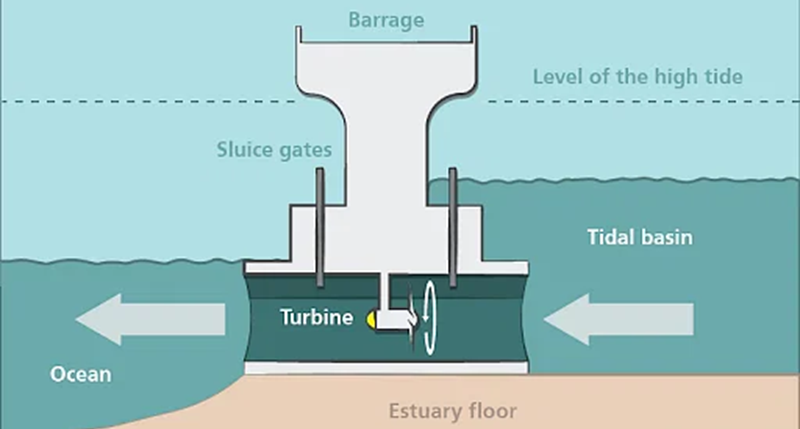Free Courses Sale ends Soon, Get It Now


Free Courses Sale ends Soon, Get It Now



Copyright infringement not intended
Context: The Standing Committee on Energy has recently released a report on Tidal Power Development in India, urging the Union Ministry of New and Renewable Energy (MNRE) to provide updates on initiatives related to assessing the country's tidal, wave, and thermal energy potential. The report was presented in the Lok Sabha and the Rajya Sabha.
Details
Tidal Power in India
About
Background
Features
Significances
Steps Taken by India
Challenges
To maximize tidal power's potential, India can consider the following strategies:
Conclusion
Must-Read Articles:
Renewable energy capacity installed in the country: https://www.iasgyan.in/daily-current-affairs/renewable-energy-capacity-installed-in-the-country
RENEWABLE ENERGY IN INDIA: https://www.iasgyan.in/daily-current-affairs/renewable-energy-in-india-15
|
PRACTICE QUESTION Q. What is the significance of tidal energy in the context of renewable energy sources, and how does its adoption contribute to sustainable development and energy diversification? Outline some of the key challenges faced in harnessing tidal energy effectively. What strategies or measures can be considered to address these challenges and foster the continued growth and integration of tidal energy into the global energy landscape? |
© 2024 iasgyan. All right reserved